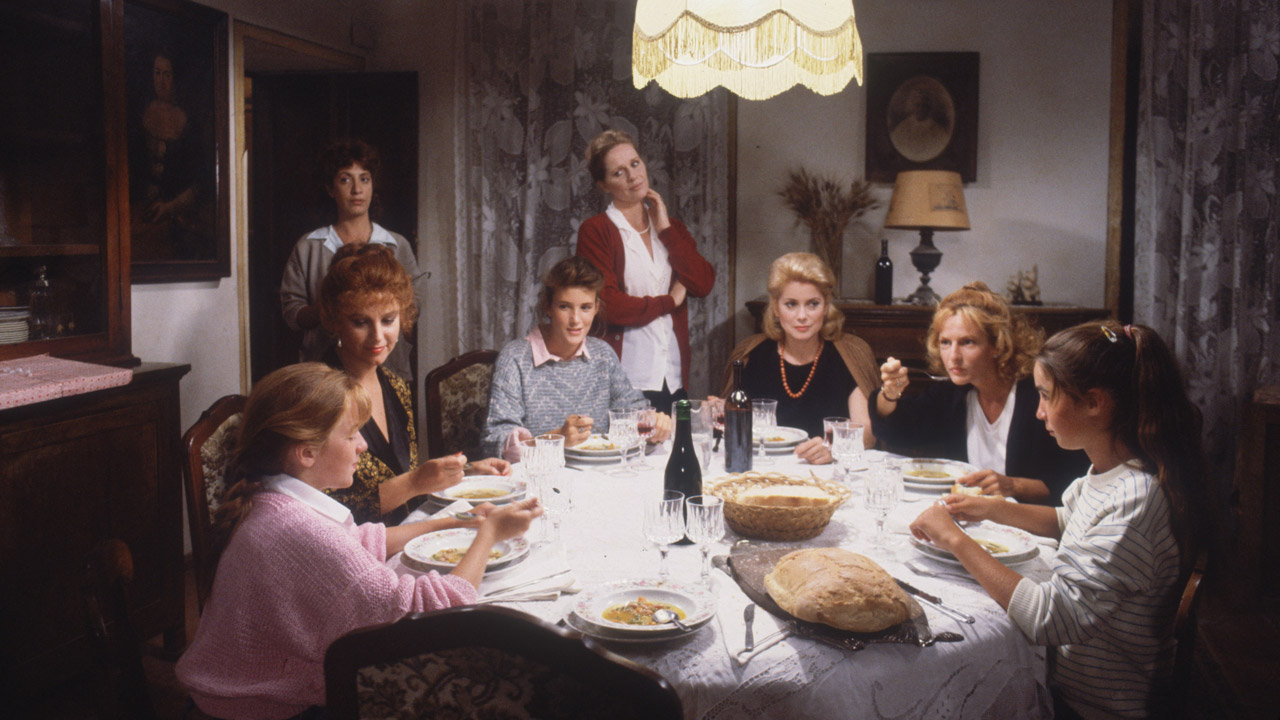Italian cinema has produced over the years a series of works that captured the essence of society and human relationships. Among these cinematic gems stands out “Speriamo che sia femmina,” a 1986 film directed by Mario Monicelli. This work offers a fascinating and at times moving look into female life within a changing social context.
The Plot: Interwoven Female Destinies
The film, written by Suso Cecchi D’Amico, Tullio Pinelli, and Leo Benvenuti, follows the story of four women from different generations, each engaged in her daily struggle with life’s challenges, love, and personal fulfillment. The interweaving of their stories provides a rich and articulate snapshot of the female condition in Italy.
The protagonists, masterfully portrayed by various talented actresses, include Giuliana (Stefania Sandrelli), the matriarch and devoted mother; Carmen (Carla Gravina), a captivating artist in search of love; Rita (Valeria Golino), a young woman seeking her identity; and the little Lalla (Martina Colombari), a girl experiencing the early stages of adolescence.
Historical and Social Framework
“Speriamo che sia femmina” is set in the period from the late 1930s to the 1980s, a critical phase of Italian history characterized by profound social, political, and cultural changes. This context contributes to shaping the experiences and perspectives of the protagonists, offering the audience an intimate look into their growth and struggle to assert themselves in a transforming world.
Portrayal of Women: Realism and Humanity
What makes “Speriamo che sia femmina” a milestone in Italian cinema is its ability to paint authentic and complex portraits of women. The protagonists are not unattainable ideals but real women with desires, fears, and contradictions. The film empathetically explores the challenges that every woman must face on her life journey, revealing the complexity of family and social relationships.
The Contribution of Performers
The success of the film is also attributable to the extraordinary performances of the cast. Stefania Sandrelli, Carla Gravina, Valeria Golino, and Martina Colombari bring life and depth to their characters, skillfully conveying the emotions and nuances of their stories. The chemistry between the actresses contributes to creating a captivating synergy that makes the film an engaging cinematic experience.
“Speriamo che sia femmina” is much more than just a film. It is a work that manages to capture the soul of Italian women in a period of great change. Through its compelling narrative, the film offers a penetrating look into the complexity of human relationships, the challenges of female life, and the resilient strength of women in overcoming adversity.
Though many years have passed since its release, “Speriamo che sia femmina” remains a timeless classic of Italian cinema, a precious witness to an era and female stories that continue to resonate with today’s audience.
Watch the movie on Movieitaly+
Read more articles here!






